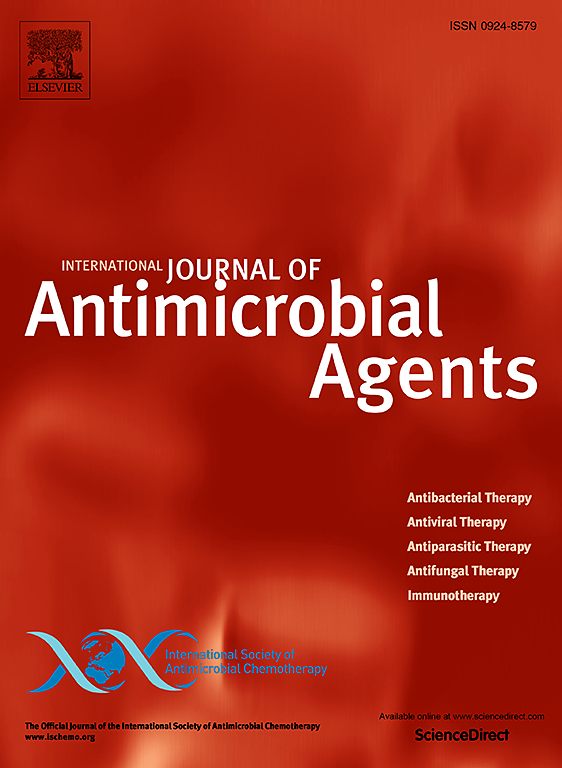推进儿童抗感染药物的研发:临床开发视角》。
IF 4.9
2区 医学
Q1 INFECTIOUS DISEASES
International Journal of Antimicrobial Agents
Pub Date : 2024-08-13
DOI:10.1016/j.ijantimicag.2024.107306
引用次数: 0
摘要
近几十年来,成人艾滋病治疗领域取得了长足的进步;然而,儿科患者在获得有效、安全的抗逆转录病毒治疗方案方面仍然受到延误和限制。尽管有当前的激励计划,但针对儿童的制剂研发和获批药物剂量仍然有限,尤其是针对新生儿(年龄在 5 岁以下)的制剂研发和获批药物剂量。本文章由计算机程序翻译,如有差异,请以英文原文为准。
Advancing research and development of anti-infectives for children: A clinical development perspective
The HIV treatment landscape for adults has progressed dramatically in recent decades; however, paediatric populations continue to experience delayed and limited access to effective and safe antiretroviral therapy options. Despite current incentive programmes, formulation research and development and approved drug dosing for children have been limited, particularly for neonates (aged <4 wk). Regulatory approval of drug formulations and dosing in children may lag behind adult approvals by years. Formulation and trial design adjustments complicate paediatric drug development, all of which are vital to accommodate for physiological differences, organ maturation, and rapid weight gain, which are most significant in the youngest children. To facilitate more rapid anti-infective drug development for paediatric populations, regulatory agencies provide guidelines that include extrapolating efficacy and safety data from relevant populations; using pharmacokinetic (PK) bridging and modelling to reduce sample sizes and limit the number of PK studies needed before efficacy analyses; and enrolling age- or weight-based cohorts in parallel rather than sequentially for clinical trials. Ensuring access to approved drugs poses an additional challenge, as uncertainty in demand leads to manufacturing and supply complexity with potentially higher costs that can be a barrier to uptake. Here we summarise challenges in drug development for children living with HIV, which are not unique to antiretrovirals. We aim to propose strategies for how model-based approaches and global partnerships can overcome some of these barriers to accelerate paediatric drug development, with particular reference to HIV, and how lessons learnt from HIV could be extended to other anti-infectives.
求助全文
通过发布文献求助,成功后即可免费获取论文全文。
去求助
来源期刊
CiteScore
21.60
自引率
0.90%
发文量
176
审稿时长
36 days
期刊介绍:
The International Journal of Antimicrobial Agents is a peer-reviewed publication offering comprehensive and current reference information on the physical, pharmacological, in vitro, and clinical properties of individual antimicrobial agents, covering antiviral, antiparasitic, antibacterial, and antifungal agents. The journal not only communicates new trends and developments through authoritative review articles but also addresses the critical issue of antimicrobial resistance, both in hospital and community settings. Published content includes solicited reviews by leading experts and high-quality original research papers in the specified fields.

 求助内容:
求助内容: 应助结果提醒方式:
应助结果提醒方式:


